The baptistery in St Mark’s Basilica in Venice is a true art jewel which will finally reopen its doors to visitors after a six-year long restoration campaign. Damages to the marble slabs caused by high tide in 2019 have been taken care of and, with special permission, it will soon be possible to admire this fascinating as well as controversial space.
Why is St Mark’s baptistery controversial?
Placed in the southern part of St Mark’s Basilica, the baptistery was also known as the “church of the children”. It was part of the basilica’s atrium and was open towards the Piazzetta San Marco. You did not need to enter the Basilica, you could just get in from the side, facing the water front. Its space was divided into three bays: the anti-baptistery, where the catechumens were waiting for the baptism, the baptistery and the presbytery.
Still it is not clear when it was first built. The current building was designed at the time of Doge Andrea Dandolo (1343-1354), who eventually was buried there —and happened to be the last Doge to be buried in St Mark’s Basilica.
Hybrid art styles of the Baptistery in St Mark’s Basilica
What has puzzled art historians is the hybrid musive decoration of these three spaces, dating back to Andrea Dandolo’s time. The stories regarding St John the Baptist and the redemptive role of the sacrament of baptism are not narrated in a strictly byzantine style. Some have argued the presence of Greek mosaicists. Some instead have highlighted the western touch in the dynamism and realism of some scenes, or in the brilliant chromatic palette — all elements reminding us of Giotto or Paolo Veneziano. Maybe less refined, but quite shimmering.
This is not the only aspect of the Baptistery that leaves us with questions.
The Baptistery of St Mark’s Basilica as a tomb for a doge
Some historians have wondered why Andrea Dandolo was the last Doge to have been buried in St Mark’s basilica —well, in the Baptistery. When he died, the newly elected Doge would be Marin Falier, who, a few months after being appointed, was accused of treason against the State and beheaded. He could not certainly be buried next to the holy relics of the Evangelist St Mark, that goes without saying.
Doge Andrea Dandolo and his love for the arts
Different doges it seems. Andrea Dandolo was known as the good friend of poet Francesco Petrarca, he improved the arts. Not just the Baptistery, but also the Sant’Isidoro chapel in St Mark’s basilica was designed at his time. Also the Golden Altar Piece was reassembled with a new frame during that time. Also the “pala feriale” (the altar piece for non festive days) by Paolo Veneziano for St Mark’s Basilica was painted during his time.
Falier was executed because he allowed for an open revolt against the State he was ruling.
One would expect the tradition to bury the Doges in St Mark’s Basilica would be reassumed after Falier. As a matter of fact, the Basilica was the private chapel of the Doges. So why no longer?
Where did Dandolo plan to be buried?
There is another element that casts an interesting light over this story. Apparently Andrea Dandolo did not plan to be buried in the Baptistery. When you look at his sarcophagus in the Baptistery, its frontispiece shows the scene of St John the Evangelist’s martyrdom. Not exactly what you would choose for your tomb if the plan was to be buried in the Baptistery… Was he planning to be buried in the very basilica right under St John the Evangelist’s dome? Did the State choose a different location to show what?
Or were the Doges becoming too prominent as State leaders when in Venice they would be considered figureheads? In his article Dandolo’s dream: Venetian State Art and Byzantium, Hans Belting wrote:
Dandolo was really eager to recover the political and cultural prominence of Venetian state.
So maybe when he died, the State representatives discontented his ambition and chose the baptistery to give this doge a lower profile than he had hoped to reach.
A major art project during a time of political instability
For sure the Baptistery was for Andrea Dandolo a very important project as he chose to be portrayed in the altar part of the Baptistery with two more State representatives —needless to say, it is still unclear who they are, no names appear, no details help recognize them.
For Venice it was really a difficult time. The war against Genua took a higher conflictual nature. The Black Death would hit Europe (and Venice). Turks got stronger. Adriatic colonies rebelled against Venice. A time of high geopolitical instability, indeed. Francesco Petrarca wrote a personal letter to Doge Andrea Dandolo, pleading him to pursue peace with Genua and the Doge responded war was the way to bring peace back in the Mediterranean Sea:
If we get despised, we know how to behave in a violent and harsh way (…) We have no scruples to move war against the ones who do not know how to stand for peace.
The rivalry against Genua
In her beautiful article Art as Politics in the Baptistery and Chapel of Sant’Isidoro at San Marco, Stefania Gerevini connects the hybrid nature of the artistic projects promoted by Andrea Dandolo to the political situation of the time. If the mosaics are no longer strictly byzantine, if the Doge was happy with something we could finally call “Venetian art”, maybe there was more than art taste at stake. Venetian artistic grandeur would hide the political uncertainty.
Gerevini also argues that John the Baptist was not just the patron saint of Florence, but also of Genua, the big rival. The presence of the Doge portrayed in the mosaics seems to be a sign of rivalry as well as a sign to tell Venice (and the Doge) have the support of John the Baptist in this war. So why not using mosaic as art media to emphasize the link between Venice and the ancient cities, such as Constantinople, Rome and Jerusalem and to “steal” the cult of St John the Baptist from Venice’s enemy?
In the Baptistery of St Mark’s Basilica all these stories are beautifully interwoven.
At end of our tour we will leave the baptistery walking under one of the most memorable scenes in the mosaics: the dance of the Jewish princess Salome holding the head of St John the Baptist on a plate. Indeed, she looks more like a sensual movie star. Surprising as new art styles can be.
by Luisella Romeo
registered tourist guide in Venice, Italy
www.seevenice.it




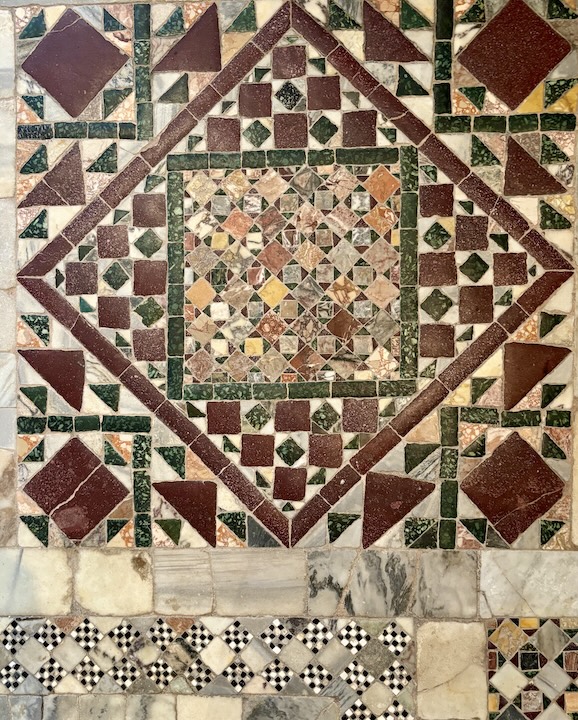
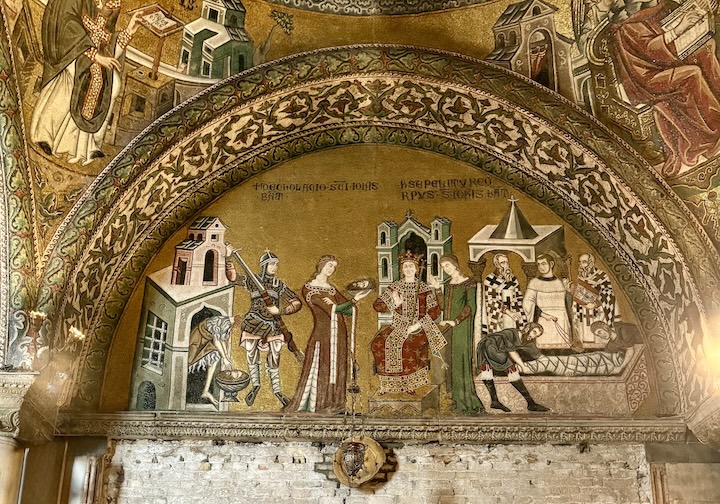

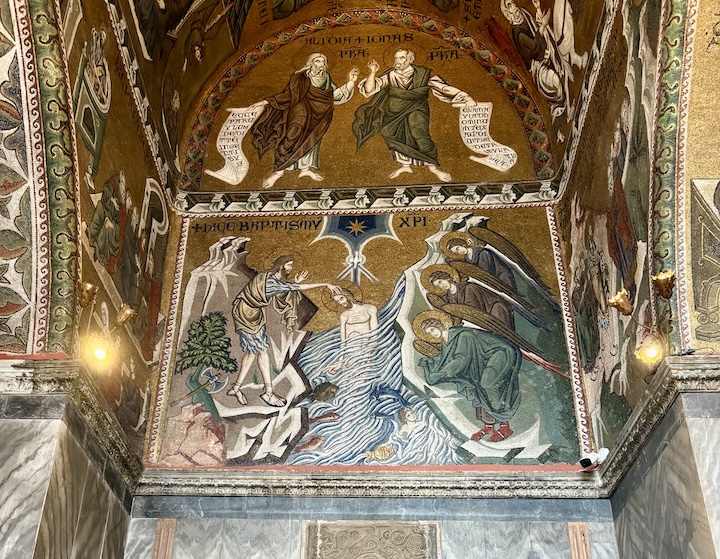



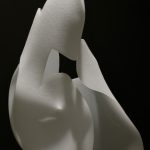
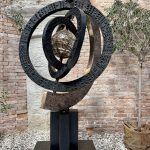


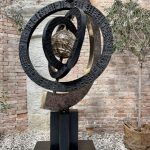
Great post! Do you know when details will be available on how to visit?
Grazie, Gail! At the moment it’s not so clear, but a few weeks ago I was told it would be very soon!
As you’ve noted before, art and politics is always intertwined in Venice, but the Baptistry seems to take it to another level. The mosaics are spectacular – oh, to know more about their artists and not just the great churchmen and politicians that commissioned them!
Despite many visits to St Mark’s Basilica, I’ve never been in the Baptistry, so will add this tour to my always long ‘must see’ list. Hopefully you can turn it into a ‘virtual’ tour as well some day. ☘️
Dear Jill, it’s a wonderful space! It seems however further restoration was needed and it will still take some time before it opens to public. When it does, I will let you know as you can only go when accompanied by a licensed guide as myself. Hopefully soon!
Please post when it is open for tours with a licensed guide. Would love to see this someday – and you are just the guide to make it a more memorable experience 🙂
I will, I am so much looking forward to this! Thank you for showing interest.